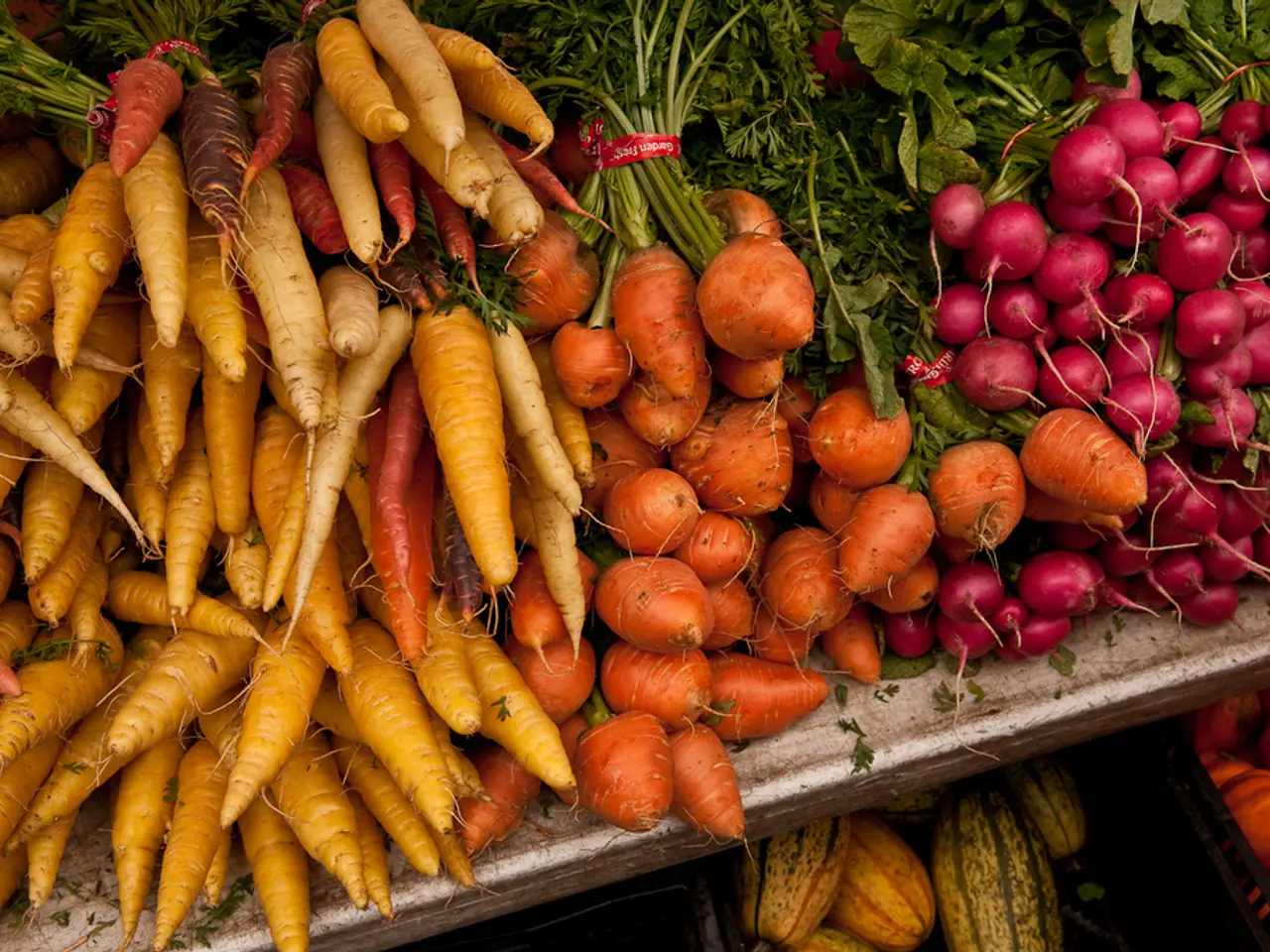Guide for Home-based Organic Vegetable Cultivation
Embarking on an organic vegetable gardening journey can be a rewarding experience, offering healthier food, cost savings, environmental benefits, and physical activity. Here are some key factors to consider when selecting the ideal location for your home garden to ensure a bountiful harvest and a fulfilling experience for beginners.
### Sunlight Exposure
Most vegetables thrive in conditions with **6 to 8 hours of direct sunlight daily**. To make the most of this requirement, choose a garden area that receives ample sunlight throughout the day. Avoid locations shaded by tall trees, buildings, or structures that block sunlight.
### Accessibility and Convenience
Position your garden close to your kitchen or a water source to make watering, harvesting, and maintenance easier. Easy access encourages more frequent tending and harvesting of fresh produce.
### Soil Quality and Preparation
Select a location with fertile, well-draining soil. If poor soil exists, consider raised beds filled with quality organic soil mixes. Good soil preparation includes adding organic matter like compost to improve fertility and structure.
### Space and Layout
Assess the available space and plan your garden layout accordingly. Divide the area into manageable sections for different crops and incorporate vertical gardening options like trellises to maximise space in smaller areas.
### Water Availability
Ensure the location has easy access to water for consistent irrigation, which is vital for organic gardening without synthetic aids. Self-watering planters can also help maintain moisture levels with less frequent watering.
### Avoidance of Harmful Influences
Choose a site away from areas with potential chemical runoff, heavy foot traffic, or competition from large trees and shrubs that may compete for nutrients and water. Mulched pathways can help reduce weeds and soil compaction around your garden beds.
### Pest and Disease Management
Good airflow around your garden reduces the risk of fungal diseases. By placing plants off the ground and spacing them well, you ensure healthier crops and fewer pests. Natural pest control methods, such as attracting beneficial insects like ladybugs, can help keep the garden pest-free.
By carefully considering these factors — sunlight, accessibility, soil, space, water access, and environmental safety — you can choose the best spot for your organic vegetable garden that will yield healthy, flavorful produce while making maintenance manageable and enjoyable.
Remember, the best vegetable garden locations receive at least 6-8 hours of sunlight each day. Different vegetables thrive at different times of the year, so it's important to check the seasons before planting seeds. Spring is the time for planting cool-season crops like lettuce and radishes, while summer is suitable for warm-season crops like tomatoes and zucchini. Fall is suitable for planting cool-weather crops like carrots and spinach, and winter is often used for planning the next garden and starting seeds indoors.
Adopting organic techniques and sustainable practices can make the gardening journey successful and fulfilling for beginners. So, get ready to roll up your sleeves, and let's grow some organic vegetables!
When starting an organic vegetable garden, one must consider a location with 6 to 8 hours of direct sunlight daily to foster the growth of most vegetables. For added convenience, position the garden near the kitchen or a water source to facilitate watering, harvesting, and maintenance. Select a location with fertile, well-draining soil, and prepare it by adding organic matter like compost. Assess the available space and plan the garden layout efficiently, incorporating vertical gardening options to maximize space in smaller areas. Ensure easy access to water for consistent irrigation, and avoid potential chemical runoff, heavy foot traffic, or competition from large trees and shrubs. Provide good airflow around the garden to minimize the risk of fungal diseases, and consider using natural pest control methods to keep the garden pest-free. By creating the optimal environment for your organic vegetables, you'll enjoy a bountiful harvest and a rewarding gardening experience.




